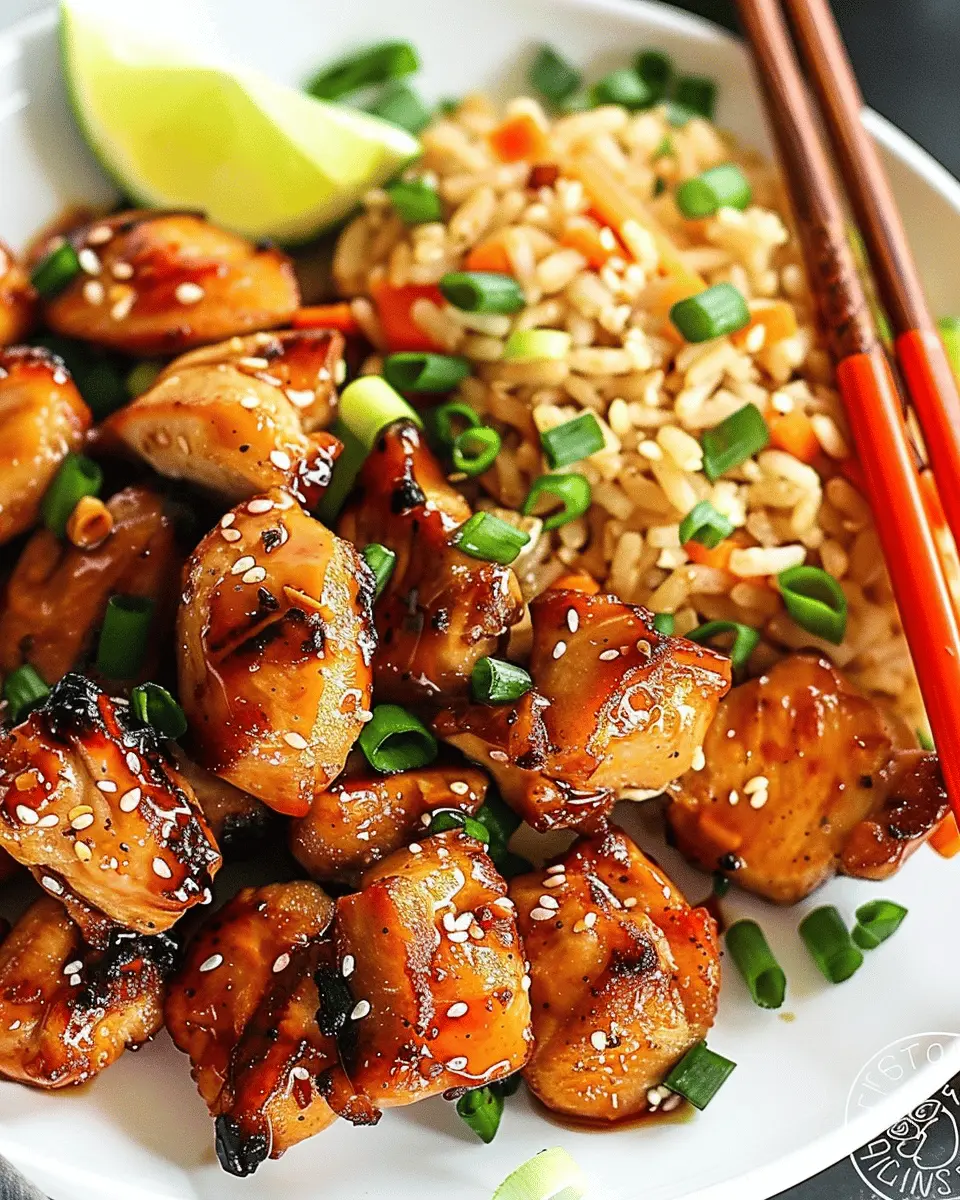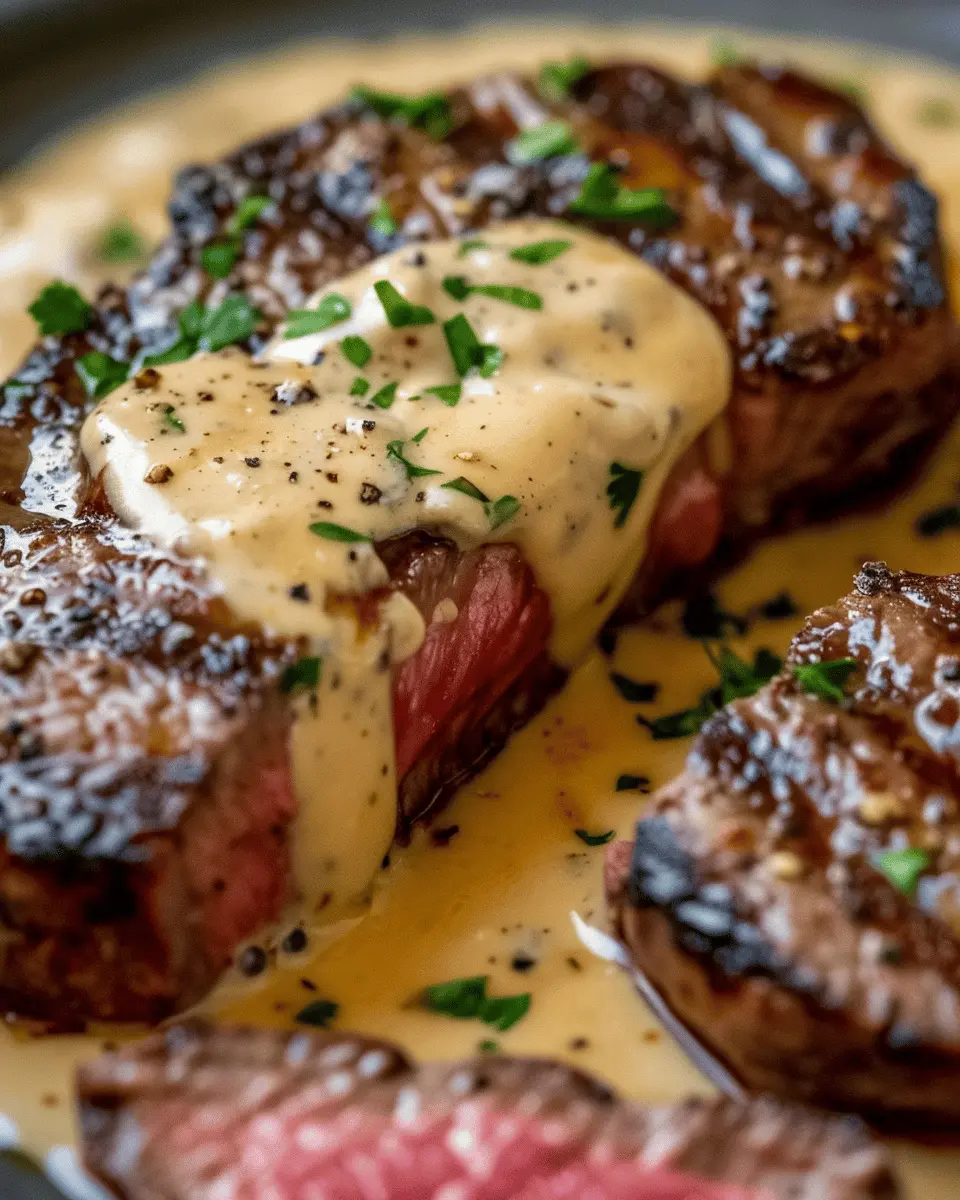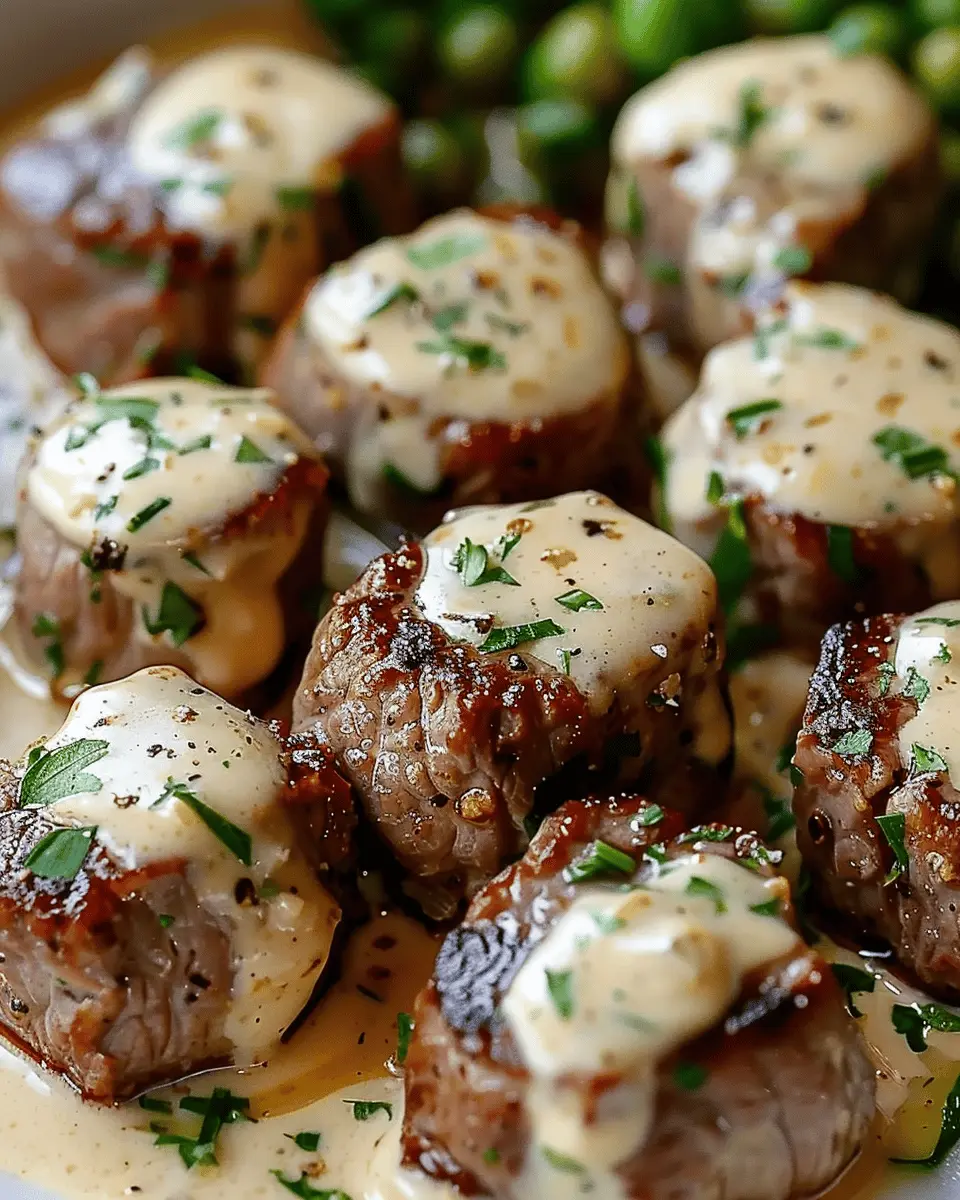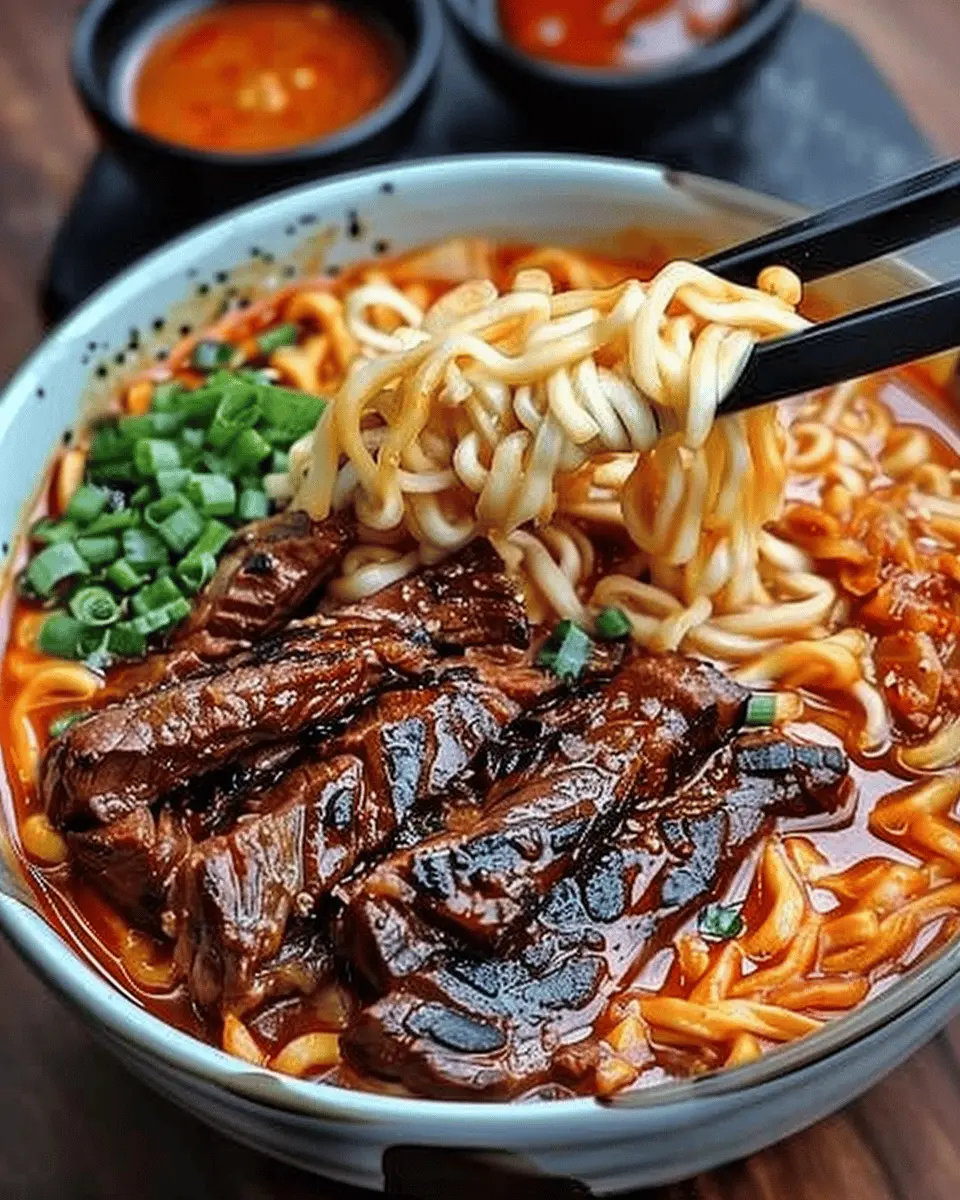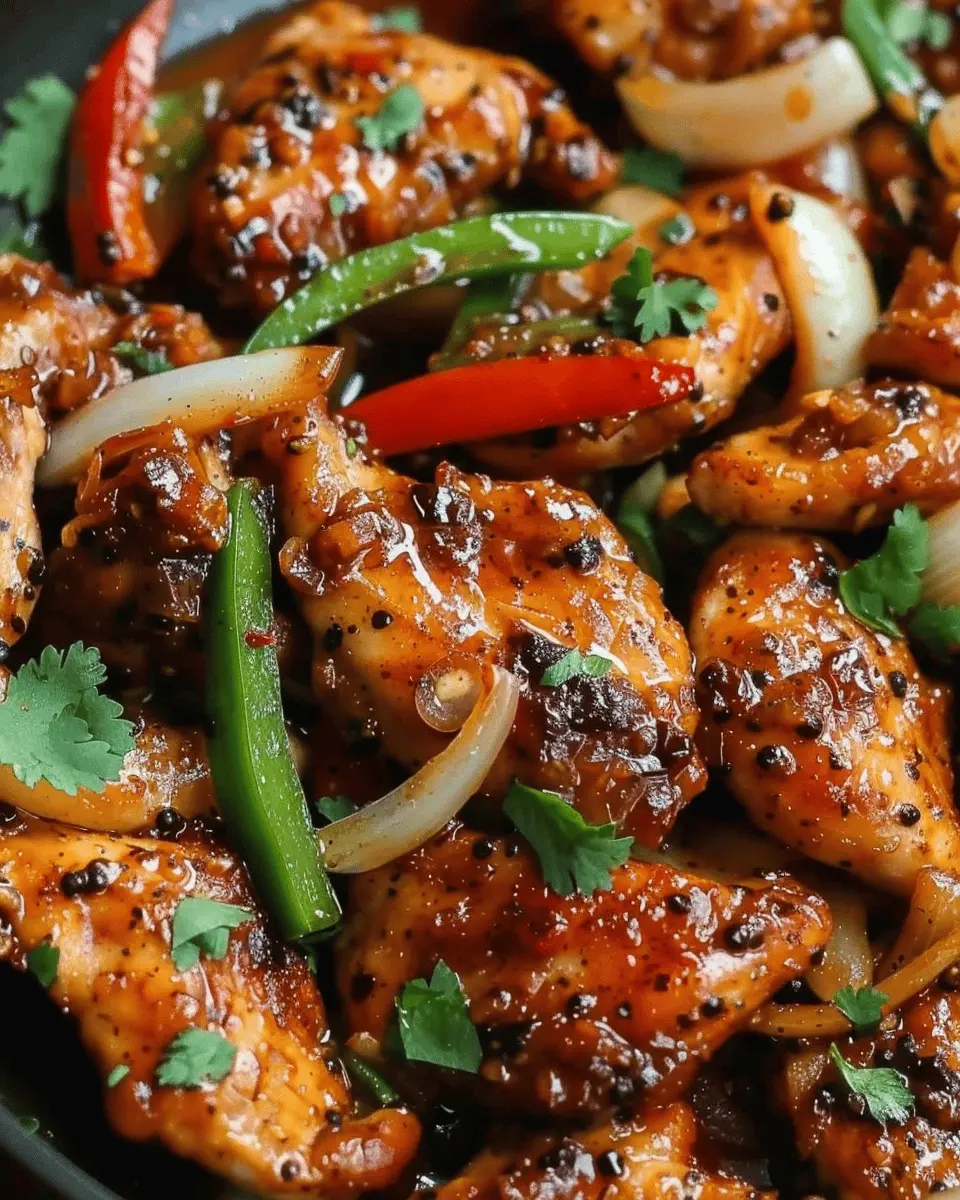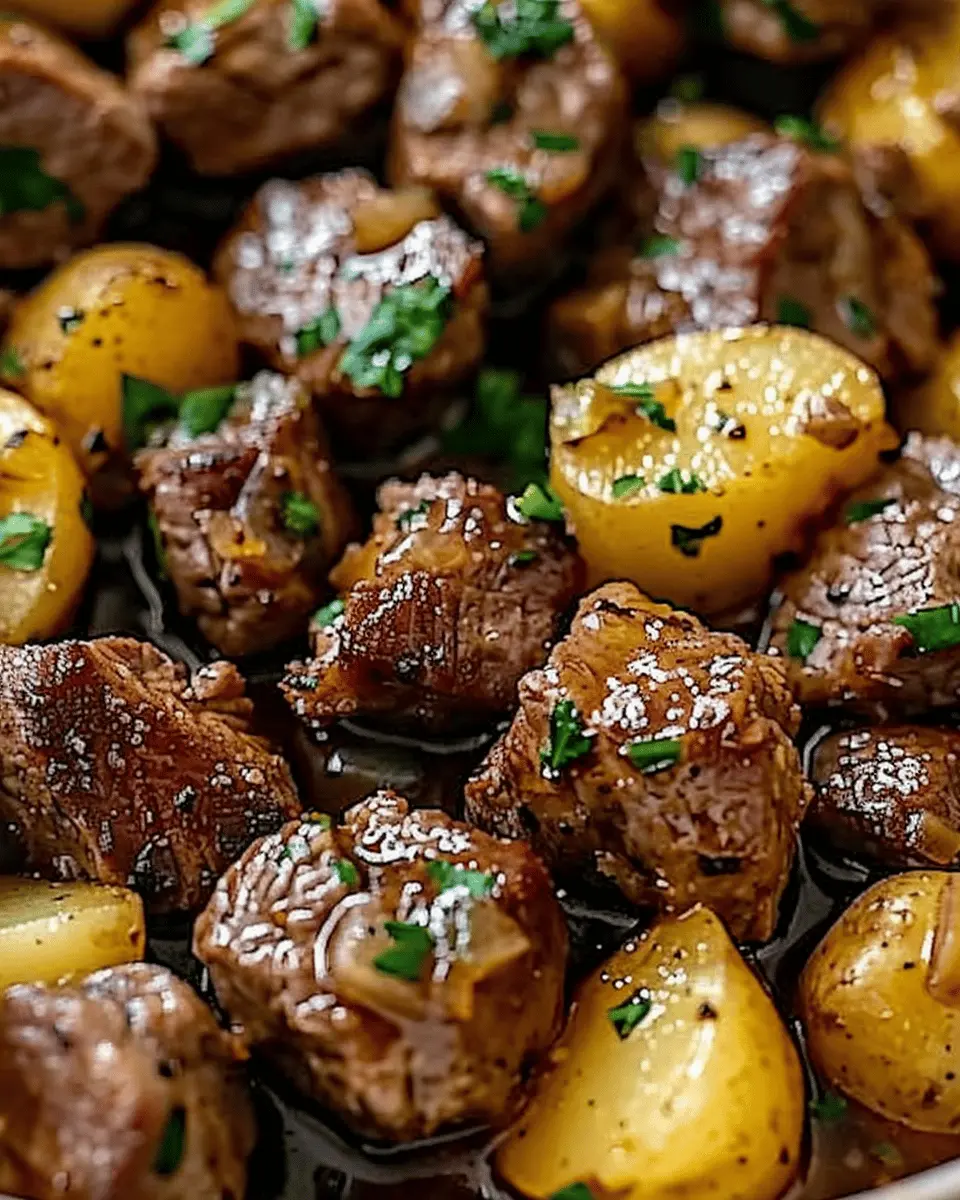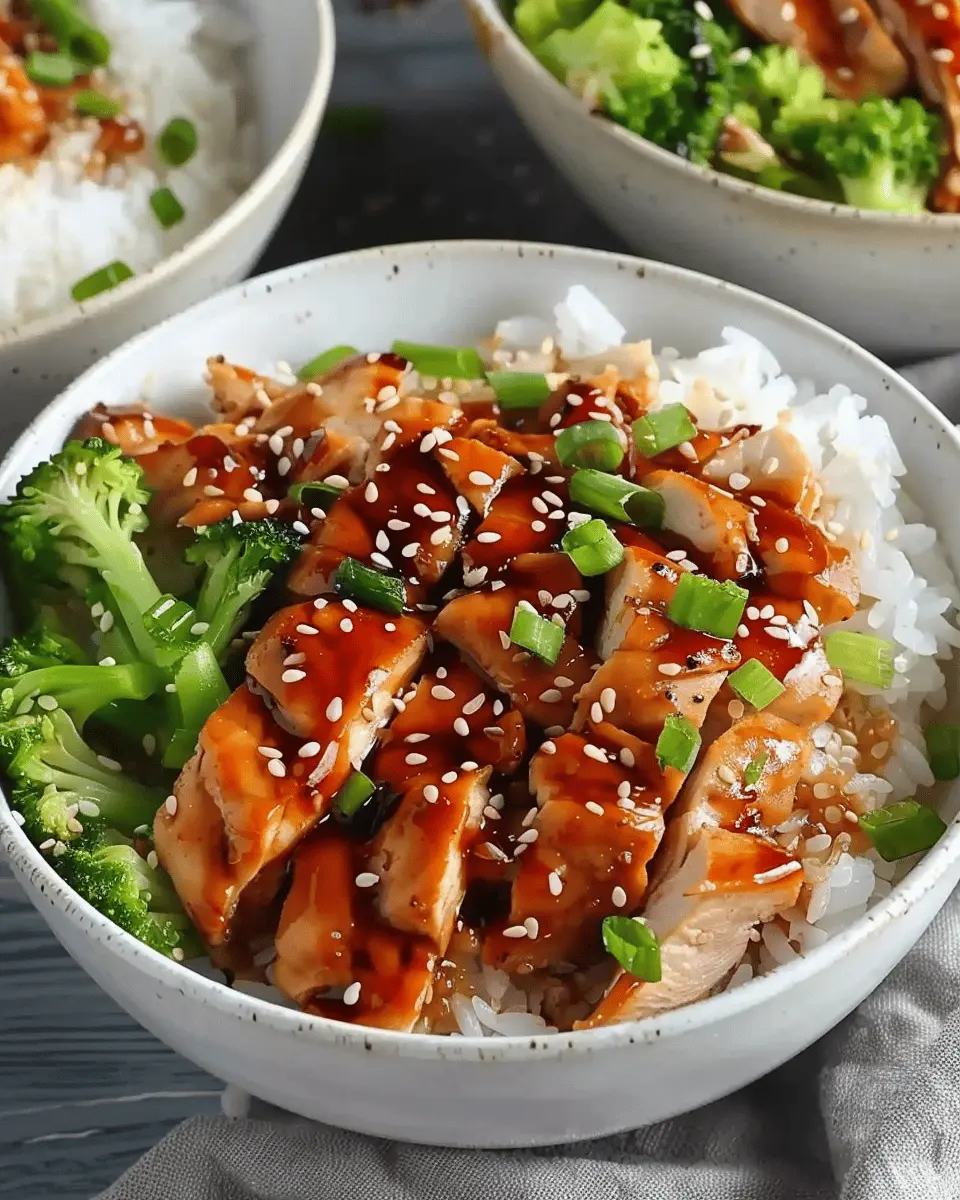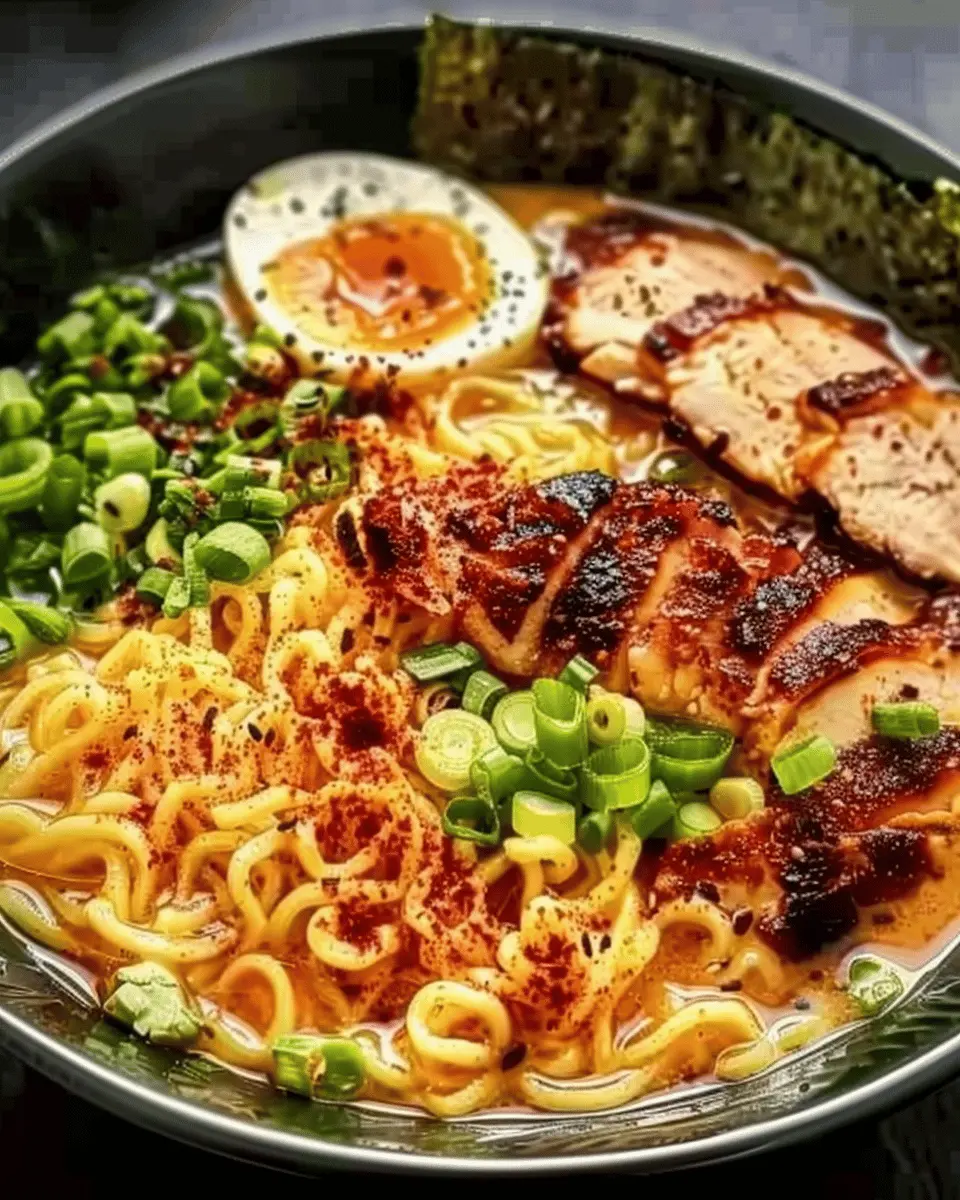Introduction to Hibachi Chicken
If you’ve ever enjoyed a night out at a hibachi grill, you know just how entertaining and delicious the experience can be. But why settle for dining out when you can recreate that flavorful magic right in your own kitchen? Homemade hibachi chicken isn’t just a dish; it’s a game-changer for busy professionals eager to enjoy a quick yet satisfying meal without the hefty price tag.
Why Homemade Hibachi Chicken Is a Game-Changer
Imagine this: it’s a busy weeknight, and you have a craving for those succulent, perfectly seasoned chicken bites. Instead of rummaging through takeout menus, you can whip up hibachi chicken in under 30 minutes! Preparing this dish at home gives you complete control over the ingredients, and you’ll know exactly what you’re serving. Plus, the flavors are often richer when made with care, enhancing your overall dining experience.
Homemade hibachi chicken allows for endless customization. Whether you want to throw in some veggies like zucchini and bell peppers or adjust the spice level, you’re the chef here. For inspiration and tips on selecting fresh ingredients, you might find resources from the USDA’s Food Quality Assurance helpful.
Nutritional insight is another fantastic perk. When you make hibachi chicken yourself, you can opt for healthier cooking oils or substitute chicken for a leaner protein option. This ensures that your meal fits perfectly into your health goals without sacrificing flavor.
Additionally, the social aspect of cooking can’t be overlooked. Busting out the grill or stovetop creates a fun atmosphere, perfect for entertaining friends or even enjoying a cozy dinner for two. Sharing the joy of cooking and indulging in a delicious meal can enhance your relationships and create lasting memories.
So, dust off that skillet and get ready to impress yourself (and others) with your culinary skills. Whether you’re aiming for a quick dinner or an interactive cooking session with friends, homemade hibachi chicken is your ticket to flavorful success! Interested in the full recipe? Let’s dive into the details and bring some hibachi flair to your home kitchen!
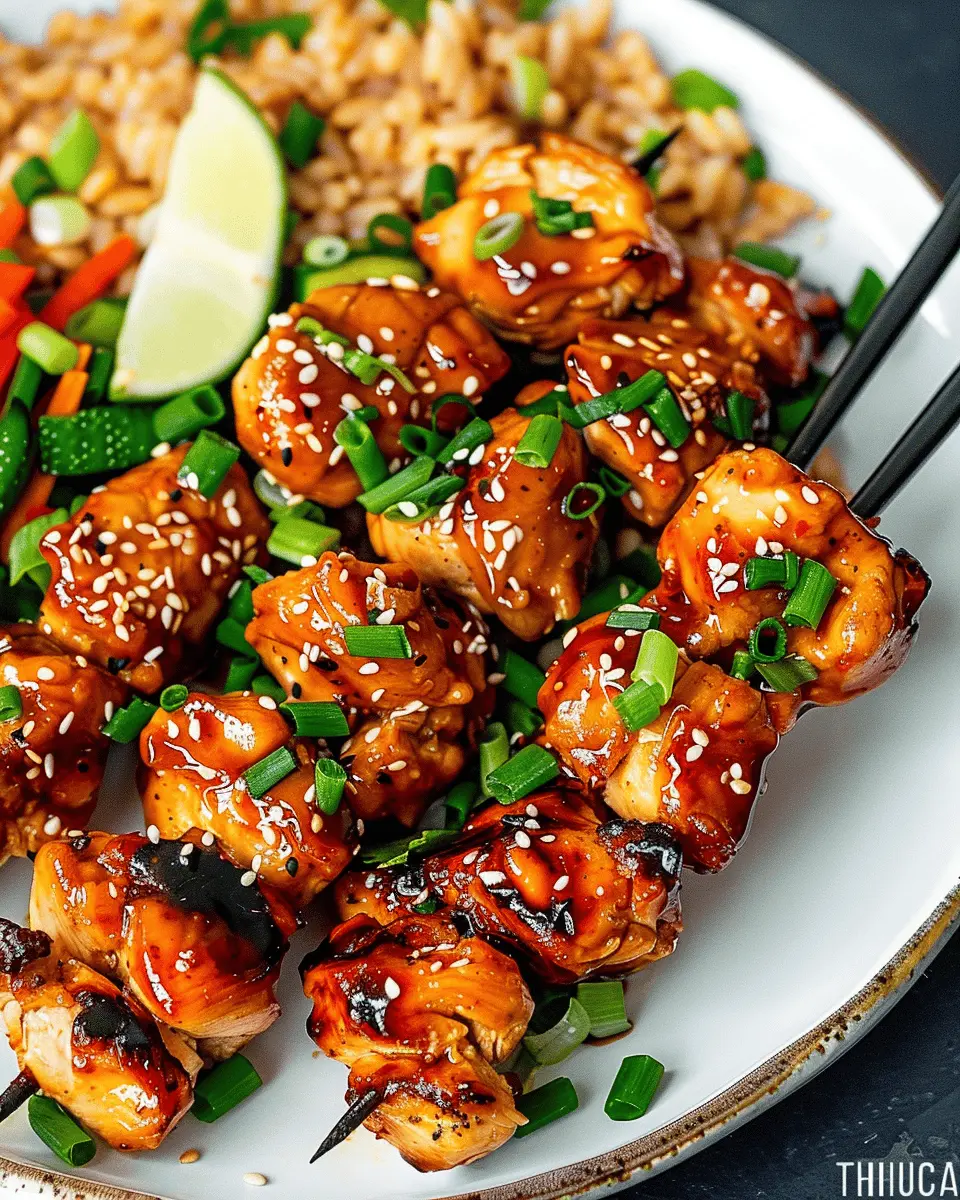
Ingredients for Hibachi Chicken
Essential ingredients for a delicious hibachi chicken meal
Creating a delightful Hibachi Chicken dish requires fresh and high-quality ingredients. This vibrant meal is not just about taste; it’s also about that sizzling, theatrical experience you often find at hibachi restaurants. Here’s what you’ll need to whip up this flavorful delight at home:
- Boneless, Skinless Chicken Breasts: Opt for lean chicken for tenderness.
- Vegetables: Load up on zucchini, bell peppers, and onions for that colorful veggie medley.
- Soy Sauce: A must-have for seasoning, adding a rich umami flavor. Consider low-sodium options for a healthier take.
- Garlic and Ginger: Freshly minced for an undeniable aromatic punch.
- Sesame Oil: This brings a unique, nutty essence to your dish.
- Turkey Bacon: Adding a twist, this smoky flavor can enhance the overall taste.
- Chicken Ham: Use this for extra protein and a savory touch that complements the chicken.
Cooking hibachi at home isn’t just about following a recipe; it’s also about enjoying the process. Why not check out these cooking tips for more ways to enhance your hibachi experience?
Step-by-step Preparation of Hibachi Chicken
Creating a delightful Hibachi Chicken dish at home is not just a cooking task; it’s an experience that brings flavor and excitement to your dining table. Follow these steps to master this delicious Japanese-inspired dish and impress your friends and family.
Gather and prep the ingredients
The key to an amazing Hibachi Chicken starts with quality ingredients. Getting everything prepped beforehand sets you up for cooking success. Here’s what you’ll need:
- Chicken breast: Aim for about 1.5 lbs, boneless and skinless.
- Vegetable oil: For cooking and adding flavor.
- Soy sauce: Opt for low sodium to control salt levels.
- Garlic: Fresh minced gives the best flavor.
- Ginger: A teaspoon of fresh ginger, minced.
- Seasoning: Salt and pepper to taste.
- Vegetables: Scrutiny is essential; think zucchini, mushrooms, and onion (a mix adds texture).
- Rice: Long-grain white rice or jasmine is perfect for hibachi-style fried rice.
- Eggs: For authentic fried rice texture.
Don’t forget to prep your ingredients by chopping them before cooking. Having everything ready will lessen your stress and help you enjoy the process more. Check out this link for tips on chopping vegetables efficiently.
Cooking the chicken to perfection
Once your ingredients are prepped, it’s time to cook the Hibachi Chicken. The method here is what makes all the difference.
-
Heat your pan: Start with a large skillet or wok, heating it up over medium-high heat. The goal is to get it nice and hot to achieve that coveted sear.
-
Cook the chicken: Add vegetable oil (about 2 tablespoons) and let it heat a bit before throwing in the chicken. Cook each side for about 5-7 minutes until nicely browned. Add salt, pepper, and the minced garlic and ginger halfway through. This will infuse flavor into the chicken. Should you wonder about the chicken’s doneness, the internal temperature should reach 165°F.
-
Slice up: After cooking, let the chicken rest for a few minutes before slicing it into bite-sized pieces. This allows the juices to redistribute, ensuring each bite is tender and juicy.
Making the restaurant-style fried rice
Now, it’s time for the star of the show—Hibachi fried rice.
-
Cook the rice in advance: Ideally, make your rice a day ahead or at least a few hours before. Refrigerate it to help grains firm up, preventing them from becoming mushy during frying.
-
Sauté in the same pan: With the same skillet, add a touch more oil if needed, and toss in your chilled rice. Stir-fry for about 5-6 minutes, ensuring you break up clumps.
-
Add vegetables and eggs: Next, add chopped vegetables and create a little well in the rice mixture to scramble the eggs right in the pan. This will make for a flavorful incorporation.
-
Season: Finish off by adding some soy sauce to taste, stirring until everything is mixed and heated through.
Sautéing the hibachi vegetables
Let’s not forget the vibrant veggies! Your Hibachi Chicken deserves colorful accompaniments.
-
Choose your veggies: Think zucchini, bell peppers, and onions for color and texture.
-
Stir-fry technique: In a separate skillet, heat some vegetable oil. Add the vegetables and stir-fry on high heat for a few minutes. The key here is to keep them crisp yet tender.
-
Finish with seasoning: A dash of soy sauce and sesame oil will enhance their flavor.
Bringing it all together for serving
Creating the atmosphere is half the fun of enjoying Hibachi Chicken.
-
Plating: On a large serving platter, arrange your sliced chicken, followed by the beautiful stir-fried vegetables, and make a mound of fried rice in the center.
-
Garnish: Finish with chopped green onions and sesame seeds for a touch of elegance.
-
Your own hibachi experience: If you can, light some candles and put on music to mimic the ambiance of a Hibachi restaurant.
Serve your homemade Hibachi Chicken family-style, allowing everyone to dig in. This meal isn’t just delicious; it’s a moment to share and enjoy together at your very own hibachi table. Enjoy the flavors and the memories!

Variations on Hibachi Chicken
Hibachi chicken is not just a single dish—it’s a canvas for your culinary creativity! While the classic preparation is delicious on its own, experimenting with variations can elevate your hibachi experience. Let’s explore a couple of delightful options.
Hibachi Chicken with Shrimp
If you’re craving a mixed protein feast, consider adding shrimp to your hibachi chicken. This variation brings a delightful oceanic flavor that complements the savory chicken beautifully.
- Cooking method: Simply grill the shrimp alongside the chicken. Toss them in a light marinade of soy sauce, garlic, and ginger for about 15 minutes before cooking.
- Serving tip: Plate your hibachi chicken and shrimp together, garnished with vibrant scallions and sesame seeds for that authentic look.
Want a recipe that enhances your shrimp skills? Check out these seafood grilling tips for reaching that perfect sear.
Low-Carb Hibachi Chicken with Cauliflower Rice
For those looking to keep it light and low-carb, swapping out traditional rice for cauliflower rice is a game-changer. This heart-healthy alternative not only reduces carbs but also packs in extra nutrients.
- Preparation: Simply pulse cauliflower florets in a food processor to achieve a rice-like consistency. Sauté it with a bit of garlic and soy sauce for added flavor.
- Combining flavors: Serve your hibachi chicken over this cauliflower base to create a satisfying meal without the carbs. So filling, you might forget it’s a “light” dish!
For more ideas on low-carb cooking, you can explore this handy guide on cauliflower rice recipes.
By trying out these variations, you can savor hibachi chicken in new and exciting ways while keeping your meals balanced and fun!
Cooking Tips and Notes for Hibachi Chicken
Common pitfalls to avoid
When making Hibachi Chicken, one common pitfall is overcooking the chicken. This can lead to dry and tough meat. To avoid this, cut your chicken into even-sized pieces for uniform cooking. Additionally, preheat your grill or skillet to a high temperature; this helps to sear the chicken quickly, sealing in those juicy flavors.
Another mistake many make is using too much soy sauce, which can overwhelm the dish. Start with a small amount, taste, and adjust as needed. Remember, you can always add, but it’s tough to take away!
Tips for meal prep and storage
For easy meal prep, marinate your Hibachi Chicken the night before. This allows the flavors to deepen and makes for a tastier dish. If you’re cooking for the week, you can store portions in airtight containers in the fridge for up to four days. For longer storage, consider freezing the marinated chicken—just make sure to cook it thoroughly when you’re ready to eat. For more details on meal prep tips, explore resources like The Kitchn.
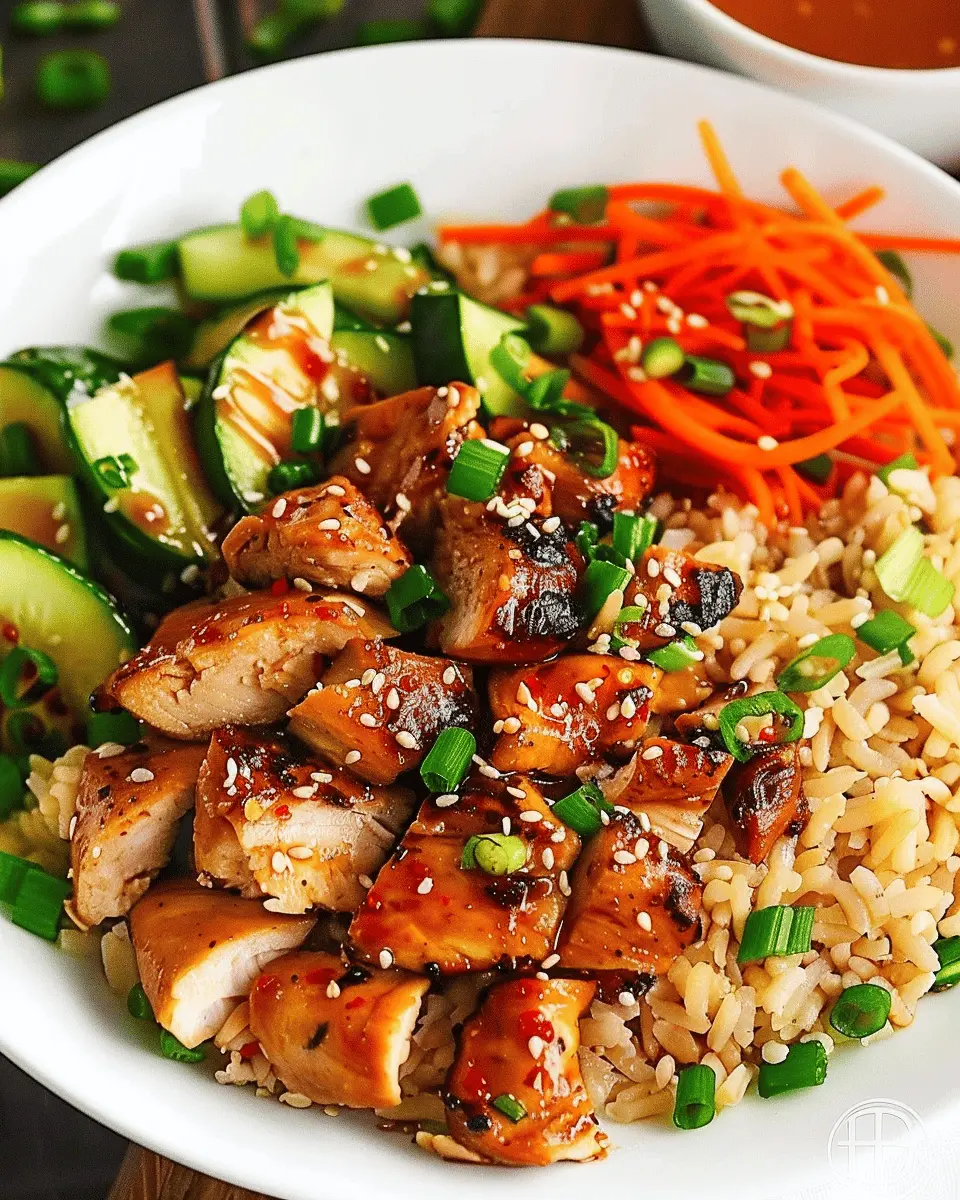
Serving Suggestions for Hibachi Chicken
Perfect sides to complement your hibachi chicken
When it comes to Hibachi Chicken, selecting the right sides can elevate your meal to new heights. Here are a few delicious options to consider:
- Fried Rice: A classic choice that provides a perfect balance to the savory flavors of hibachi. You can customize it with veggies or even some Turkey Bacon for added texture.
- Grilled Vegetables: Think zucchini, bell peppers, and broccoli, all lightly charred for that authentic hibachi taste.
- Seaweed Salad: Its refreshing taste and crunchy texture serve as a light and healthy contrast to your rich chicken.
Check out this guide on perfect side dishes for more inspiration!
Creative serving styles
Serving your Hibachi Chicken can be a fun experience. Why not take a cue from traditional hibachi restaurants? Try presenting the chicken on a sizzling platter, complete with a side of flame-grilled veggies. Alternatively, create a DIY hibachi bar where guests can assemble their own plates with various toppings like sesame seeds and green onions.
Whatever style you choose, making the dining experience interactive encourages conversation and adds a personal touch. Enjoy the flavors and have fun with flavor pairings!
Time Breakdown for Hibachi Chicken
Preparation Time
Getting ready to whip up Hibachi Chicken is quick and easy! You’ll need about 15 minutes to chop the vegetables, marinate the chicken, and gather your ingredients. Organizing your workspace can really streamline this step, making cooking feel more like an enjoyable process rather than a chore.
Cooking Time
Once you’re prepped, the cooking takes about 10-15 minutes. The high heat of your skillet or hibachi grill will have everything sizzling in no time! Remember, that beautiful char adds flavor, so don’t rush it.
Total Time
In total, you’re looking at roughly 25-30 minutes from start to finish. This makes Hibachi Chicken not only delicious but also a convenient option for busy weeknights. With a bit of planning, you’ll have a delightful meal ready in a flash!
For those looking to maximize efficiency, consider prepping your ingredients ahead of time here for future meals. Enjoy your cooking adventure!
Nutritional Facts for Hibachi Chicken
When you whip up a delicious plate of Hibachi Chicken, it’s not just about flavor—you also get a fantastic nutritional boost. Here’s a breakdown of the key components:
Calories
A typical serving of Hibachi Chicken contains approximately 350 calories. This makes it a great option if you’re looking for something hearty yet not overly heavy.
Protein
One of the standout features of Hibachi Chicken is its protein content. Each serving offers around 30 grams of protein, making it a great choice for post-workout meals or for maintaining muscle mass.
Carbohydrates
With only about 15 grams of carbohydrates per serving, Hibachi Chicken fits well within most dietary guidelines, especially if you’re watching your carb intake. It’s an excellent way to balance your meal without loading up on extra carbs.
For deeper insights on the nutritional value of chicken, you might find this USDA resource helpful in understanding how protein sources like chicken contribute to a balanced diet. You can also explore other healthy cooking methods that retain flavor while keeping nutrients intact.
FAQs about Hibachi Chicken
Can I use different meats for hibachi chicken?
Absolutely! While traditional hibachi chicken is favored for its tender, juicy flavor, feel free to get creative. Substitute chicken with beef, shrimp, or even tofu if you want a vegetarian option. Each protein brings a unique taste, allowing you to customize your meal to your liking. Plus, you can combine different meats to create a mixed hibachi platter for a fun dinner experience.
What can I substitute for coconut aminos?
If you don’t have coconut aminos on hand, don’t stress! You can substitute it with lower-sodium soy sauce for something similar in flavor. Alternatively, a blend of soy sauce with a dash of honey or maple syrup can provide that sweet-salty balance you’re craving. This article from Healthline offers great insights on using these sauces effectively in recipes.
How do I reheat leftovers properly?
Reheating your hibachi chicken is easy, and doing it the right way ensures you keep the flavor intact. The best method is to use a skillet over medium heat. Add a splash of water or broth to create steam, which will help maintain moisture. Cover the pan and stir occasionally, since nobody likes dry leftovers! For a quick option, the microwave works too. Just use a microwave-safe dish, add a little splash of water, cover loosely, and heat in 30-second intervals until hot. This way, you’ll savor that delicious hibachi flavor even days later.
Now you’re all set to enjoy your hibachi chicken, upgraded to perfection! If you have more questions, feel free to drop them in the comments below!
Conclusion on Hibachi Chicken
Summarizing the joys of homemade hibachi chicken
Making Hibachi Chicken at home is a rewarding experience that combines flavor and fun. You get to control the ingredients, ensuring every bite is filled with your favorite tastes. The sizzling sounds and mouthwatering aromas fill your kitchen, transporting you straight to a Japanese steakhouse atmosphere.
Not only is it a delicious meal, but it’s also a fantastic way to impress friends at dinner parties or a cozy night in. Next time you’re in the mood for something comforting yet exciting, gather some fresh ingredients and treat yourself to homemade hibachi chicken. For more culinary inspiration, check out Serious Eats for delicious ideas!
PrintHibachi Chicken: Easy and Flavorful Recipe for Home Cooks
Learn how to make delicious hibachi chicken at home with this easy recipe.
- Prep Time: 10 minutes
- Cook Time: 20 minutes
- Total Time: 30 minutes
- Yield: 4 servings 1x
- Category: Main Dish
- Method: Stir-frying
- Cuisine: Japanese
- Diet: Gluten-Free
Ingredients
- 1 pound boneless chicken thighs
- 2 tablespoons soy sauce
- 1 tablespoon vegetable oil
- 1 tablespoon sesame oil
- 2 cloves garlic, minced
- 2 cups mixed vegetables (like zucchini, bell peppers, and carrots)
- 1 teaspoon ground black pepper
- 1 tablespoon chopped green onions
Instructions
- Heat the vegetable oil in a large skillet over medium-high heat.
- Add the garlic and cook for 30 seconds.
- Add the chicken and cook until browned on all sides.
- Pour in the soy sauce and sesame oil, cooking until the chicken is cooked through.
- Add the mixed vegetables and black pepper, stir-frying for an additional 5 minutes.
- Garnish with green onions before serving.
Notes
- For a spicy kick, add red pepper flakes.
- Feel free to customize the vegetables based on your preference.
Nutrition
- Serving Size: 1 plate
- Calories: 350
- Sugar: 2g
- Sodium: 800mg
- Fat: 20g
- Saturated Fat: 3g
- Unsaturated Fat: 14g
- Trans Fat: 0g
- Carbohydrates: 8g
- Fiber: 2g
- Protein: 30g
- Cholesterol: 80mg
Keywords: Hibachi Chicken, Recipe, Home Cooking

